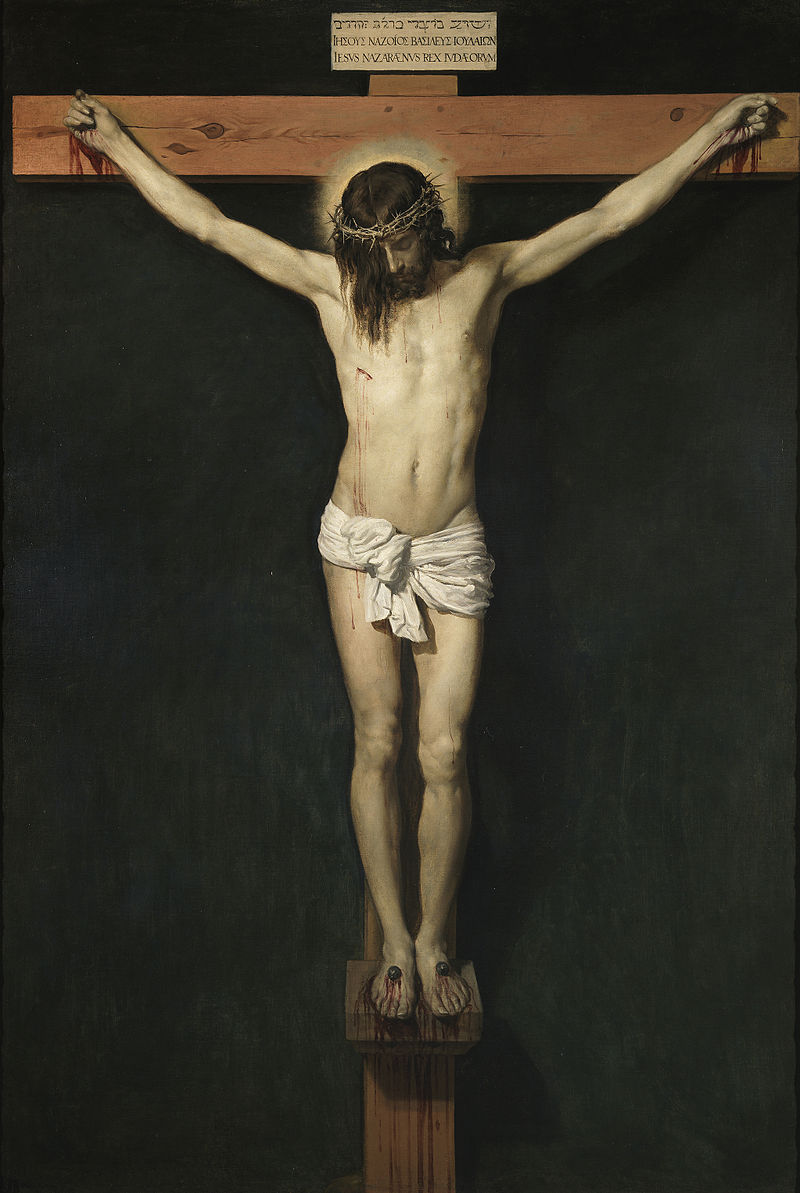11nth November 1941, evening
Friendship of the Church costs too much—The Church is the enemy of the State—The monuments of Christian civilisation.
I’ve always defended the point of view that the Party should hold itself aloof from religion. We never organised religious services for our supporters. I preferred to run the risk of being put under the ban of the Church or excommunicated. The Church’s friendship costs too dear. In case of success, I can hear myself being told that it’s thanks to her. I’d rather she had nothing to do with it, and that I shouldn’t be presented with the bill!
Russia used to be the most bigoted State of all. Nothing happened there without the participation of the Orthodox priests. That didn’t prevent the Russians from getting beaten.
It seems that the prayers of a hundred and forty million Russians were less convincing, before God, than those of a smaller number of Japanese. It was the same thing in the First World War. Russian prayers had less weight than ours. Even on the home front, the cowls proved incapable of ensuring the maintenance of the established order. They permitted the triumph of Bolshevism.
The clergy takes a sly pleasure in rallying the enemies of the established order, and thus shares the responsibility for the disorders that arise. Think of the difficulties the Popes continually caused the German emperors!
In the Latin countries, we’ve often been within a hair’s breadth of seeing Bolshevism triumph, and thus administer the death-blow to a society that was always on the point of collapse.
When, in ancient Rome, the plebs were mobilised by Christianity, the intelligentsia had lost contact with the ancient forms of worship. The man of to-day, who is formed by the disciplines of science, has likewise ceased taking the teaching of religion very seriously. What is in opposition to the laws of nature cannot come from God. Moreover, thunderbolts do not spare churches. A system of metaphysics that is drawn from Christianity and founded on outmoded notions does not correspond to the level of modern knowledge. In Italy and in Spain, that will all end badly. They’ll cut each other’s throats.
I don’t want anything of that sort amongst us.
We can be glad that the Parthenon is still standing upright, the Roman Pantheon and the other temples. It matters little that the forms of worship that were practised there no longer mean anything to us. It is truly regrettable that so little is left of these temples. The result is, we are in no risk of worshipping Zeus.
Amongst us, the only witnesses of our greatness in the Middle Ages are the cathedrals. It would be enough to permit a movement of religious persecution to cause the disappearance of all the monuments that our country built from the fifth to the seventeenth century. What a void, and how greatly the world would be impoverished!
What we must do, then, is to extract from religions the poison they contain. In this respect, great progress has been made during recent centuries.
The Church must be made to understand that her kingdom is not of this world. What an example Frederick the Great set when he reacted against the Church’s claim to be allowed to interfere in matters of State!
The religions have passed the climacteric; they’re now decadent. They can remain like that for a few centuries yet. What revolutions won’t do, will be done by evolution. One may regret living at a period when it’s impossible to form an idea of the shape the world of the future will assume.
But there’s one thing I can predict to eaters of meat, that the world of the future will be vegetarian!



